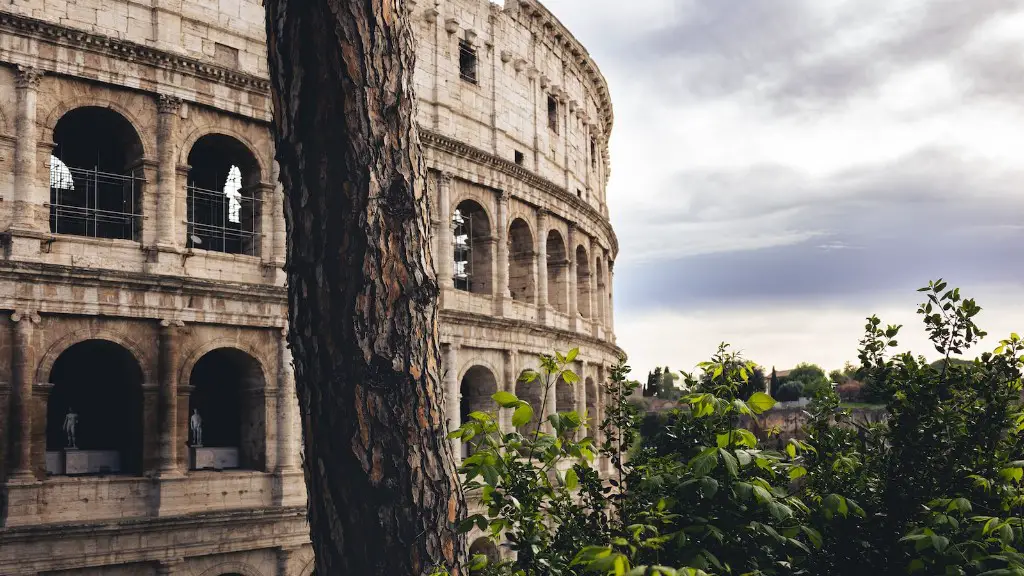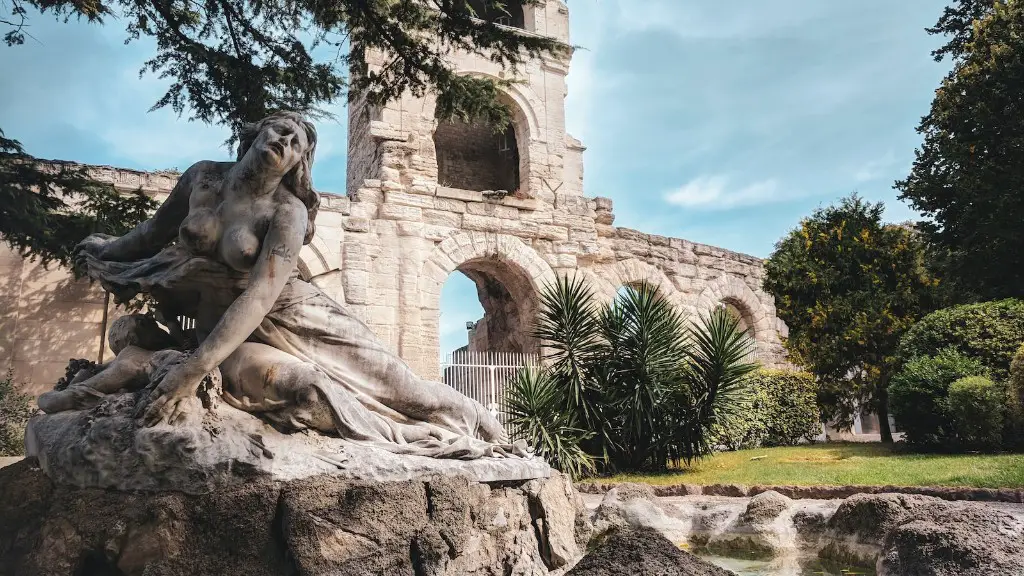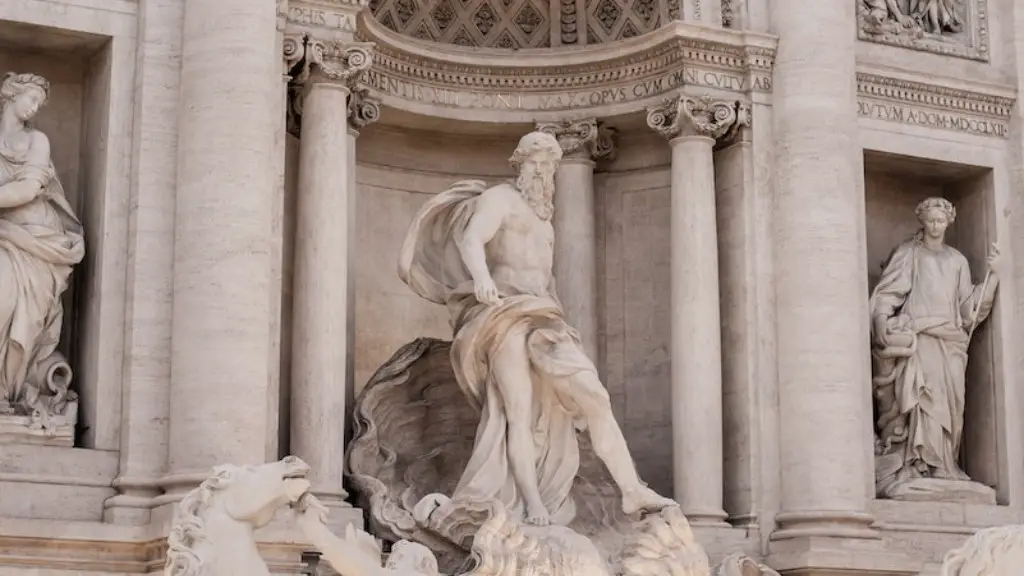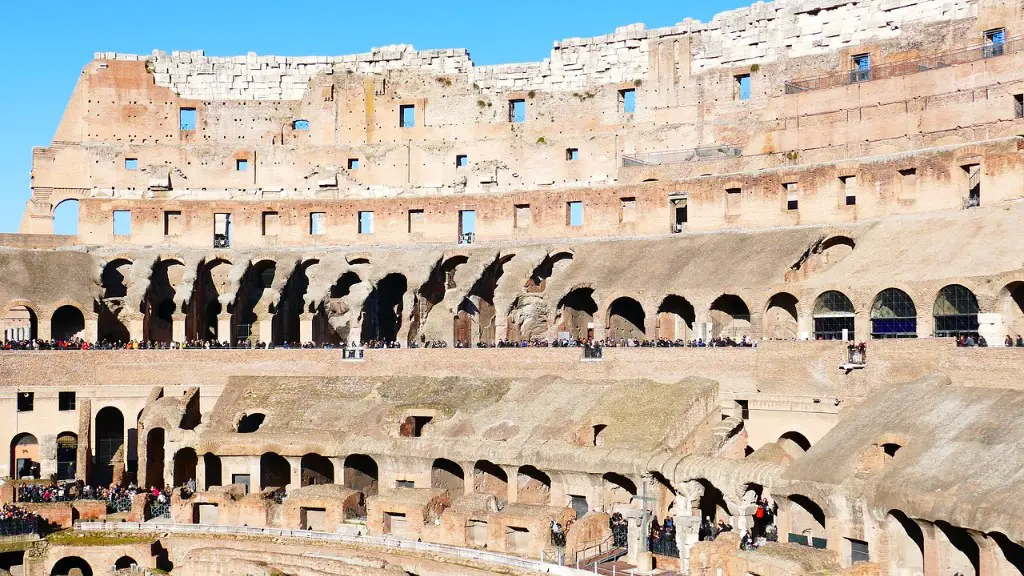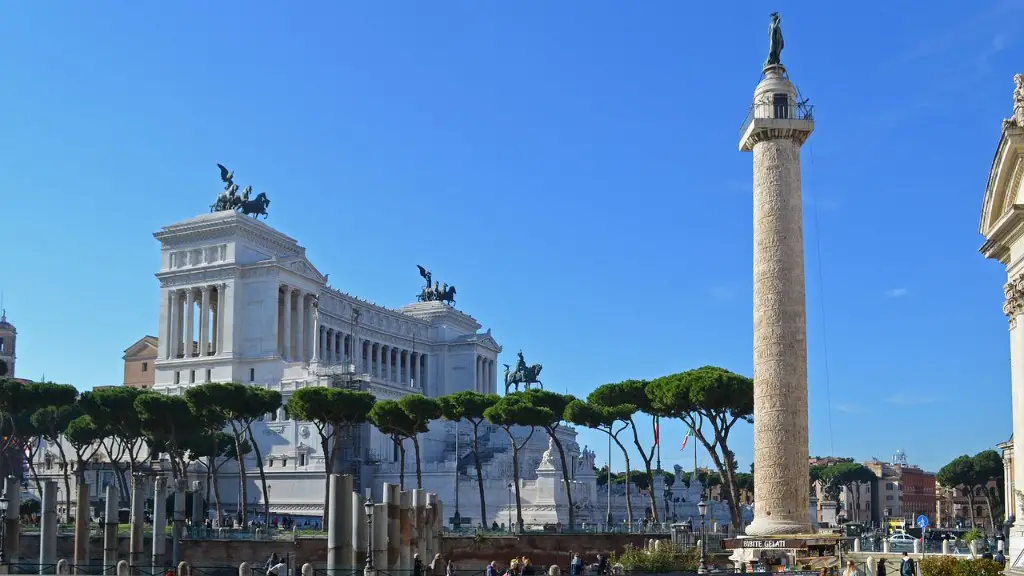Origin and Description of Patricians and Plebeians
The origin and history of the patricians and plebeians of ancient Rome is an intriguing subject. It is believed that the patrician class of Rome were the first “nobles”, that is those of higher social standing. Plebeians were, in the simplest of terms, the commoners. This distinction between the classes would remain in Roman society, however, they were not always so separate in their pre-history. During the reign of the Kings of Rome, all citizens were referred to as patricians as there was no distinction based on social standing, and all individuals were considered equal.
The early Roman Republic is where the distinction between these two classes emerged. Eventually, it was declared that only patricians could be elected as consuls, or political officials. Moreover, marital events between patricians and plebeians were not allowed. Furthermore, only patricians were eligible for certain dignified offices, such as pontiffs, augurs and tax assessors. This effectively placed the patricians in a position of power, influencing the fundamental operation of the state.
This imbalance in power between the classes shifted somewhat with the publication of the Twelve Tables, a set of written laws known as the earliest legal codex of the Roman Republic. These laws provided a measure of protection to the plebeians, with the provisions of trial proceedings and the need for witnesses before sentencing, as well as the abolishment of the death penalty. The Twelve Tables also addressed other areas of Roman law, such as the concept of debt bondage, which had been underway since the monarchy.
The discrepancy between patricians and plebeians in regards to certain rights persisted for some time, but eventually faded away. By the late Republic, plebeians were able to become elected officials, marry patricians, and even hold dignified positions in military and religious organizations. This gradual change towards a more equitable society was long in the making. The Roman Republic ultimately ended with the establishment of the Roman Empire where social stature, for the most part, became much less relevant.
The Military in Ancient Rome
The military in ancient Rome composed of two distinct classes of individuals: the patricians and plebeians. The patrician class provided much of the leadership and was mainly made up of influential and wealthy citizens whose families had served in the Senate. As such, they were typically attached to a powerful family, and formed the upper class of the Roman military. The patricians served mainly as officers of the army and typically held higher ranks, such as legates, tribunes and generals.
In comparison, the plebeians served as the common, non-officer soldiers of the Roman army. Their service was still significant, as they fought in many of the battles and campaigns of Rome, from the Punic Wars to the wars of the Republic, and were also heavily relied on for laborious tasks. The plebeians were not eligible for the highest ranks of the army and thus were mainly represented as foot soldiers, archers, and crew members of ships. Nevertheless, there were still plebeians who rose to higher ranks during the Republic, and there are often accounts of plebeians winning accolades, such as awards of citizenship and military titles.
The Social Impact of the Class System
The class system of plebeians and patricians in ancient Rome was much more than just two distinct classes. It was the fundamental structure of society and shaped how life was lived for both groups. Being able to advance in status, for example, was typically determined by one’s family, so if a plebeian family was able to acquire wealth, then their social standing and ability to move up in the class system was greatly improved.
Patricians, on the other hand, had to worry about maintaining their status, as any lapse in maintaining their family’s reputation could easily hurt their chances of being promoted in the Senate or other governmental roles. Also, the dynamism of the class system meant that it was not fixed, so while something like marriage between patrician and plebeian families was illegal in the Republic, by the late-Republic this was no longer the case.
In more general terms, the class system of ancient Rome was very much alive in the everyday life of the citizens. It played a role in the politics of the state, the structure of the military, and the well-being of individuals, families and communities. Because there was no absolute social class, it allowed for more opportunities for growth and mobility.
Politics in Ancient Rome
The politics of ancient Rome was a major factor in the rise and fall of the Roman state. It was largely determined by the class system of the patrician and plebeian classes, as well as the position of the Roman Senate. The Senate was composed of a limited number of members from the patrician class and was charged with the responsibility of managing the government of Rome.
The plebeian class had also established their own governing body, the Plebeian Council, which allowed them to enter politics in a less restrictive way. This body was able to tackle issues of importance to the plebeian class, such as debt cancellation, lower wages, and other economic issues that were of concern to the lower classes. Nevertheless, the Senate was still the primary governing body and thus its power and influence was greater.
By the end of the Republic, the class system of Roman politics had begun to diminish and while social class still posed a major factor, it was no longer as influential as it had been. This allowed for a more equitable and democratic politics, where anyone could be elected to government office, regardless of their social status.
Economy in Ancient Rome
The economy of ancient Rome was highly dependent on the class system of patrician and plebeian classes. While the patrician class controlled most of the wealth and land, the plebeian class was largely involved in labor and other menial jobs. The economy of the Republic thus relied heavily on the plebeians for their workforce, as well as for their financial contributions.
During the late Republic, the economy began to transition to a more modern version in which the financial inequities between the classes began to shrink. This allowed for more opportunities for plebeians to enter into more profitable occupations such as trade, craftsmanship, and land ownership. The plebeians were also more able to compete with the patricians in terms of wealth and property.
The economy of Rome was, as in other areas of Roman life, not completely without inequity. However, it was able to develop largely due to the mobility of the class system, which allowed more opportunities for the plebeians to enter the upper classes and gain access to more success.
Religion in Ancient Rome
Religious life in the ancient Roman Republic was highly influenced by the class structure that existed. Patricians and plebeians viewed their gods and goddesses differently and followed different traditions, thus making religious worship and dedication a complex process. The patrician class tended to favor more established gods, and had a keen interest in the gods associated with state affairs. The plebeians, on the other hand, attached themselves to less-formal gods, including gods related to occupations and crafts.
The patricians also served in official roles in the temples, such as priests and other religious officials. Meanwhile, the plebeians were mostly seen as worshippers and devotees, with most of the priests being part of the patrician class. This of course was not exclusive, and there are instances of plebeians serving in important religious roles, particularly in the later years of Republican Rome.
Religion in ancient Rome was, much like it was in many places of the ancient world, deeply intertwined with the structure of society. It was accessible to all but was nonetheless stratified based on social class and status.
Education in Ancient Rome
Education in ancient Rome was heavily influenced by the class system of the patricians and plebeians. The patrician class received the better education and had more access to the best teachers and schools. They studied literature, philosophy, rhetoric and mathematics, and had unparalleled access to the finest libraries and educational resources. Political training was also a large part of their education, and many patricians were groomed to enter public office.
The plebeian class had less access to education, and were mainly trained in trade, art, or other practical skills. Despite this disparity, plebeians were even still able to often become educated enough to be successful politicians and generals. This was largely due to their slightly improved educational access as the Republic aged, which allowed for more plebeians to take advantage of available educational resources.
Education in ancient Rome was thus intertwined with the power structure of society, so that it was not distributed equally. Nonetheless, the class system was still dynamic enough for some plebeians to rise up in educational and political circles.
Conclusion
The distinction between patricians and plebeians in ancient Rome was fundamental in shaping the social, religious, political and economic life of the city. The politics of the Roman Republic was heavily controlled by the patrician class, with the plebeian class receiving fewer rights and less access to political and economic opportunities. Though the class system was highly stratified and was far from equal, it did offer some measure of mobility between classes.
The role of the patricians and the plebeians in the military and religion of Rome was also heavily influenced by their respective positions in the class system. Consequently, the military was largely dominated by the patrician class, while the plebeians typically served as common soldiers or attendants. Religion was also a domain largely controlled by the patricians, although some plebeians were able to become priests in the late Republic. Moreover, the same held true for education, with the patricians receiving far better opportunities.
All in all, the distinction between patricians and plebeians was a major component of the ancient Roman Republic, and these two classes of people have left an indelible mark on the history of a great empire.
